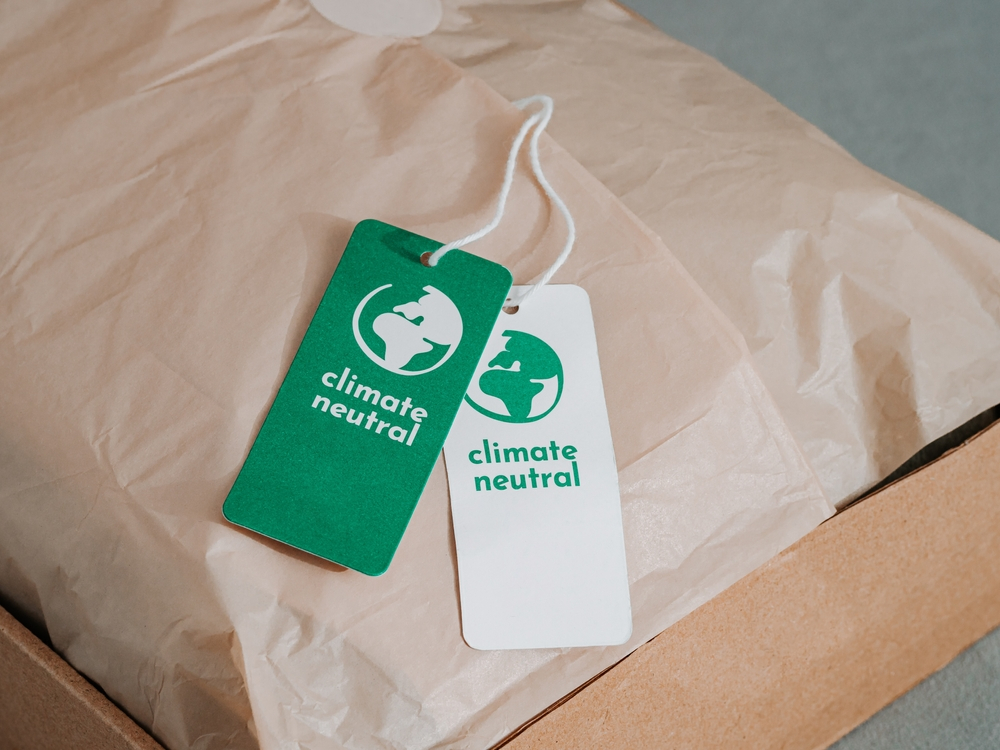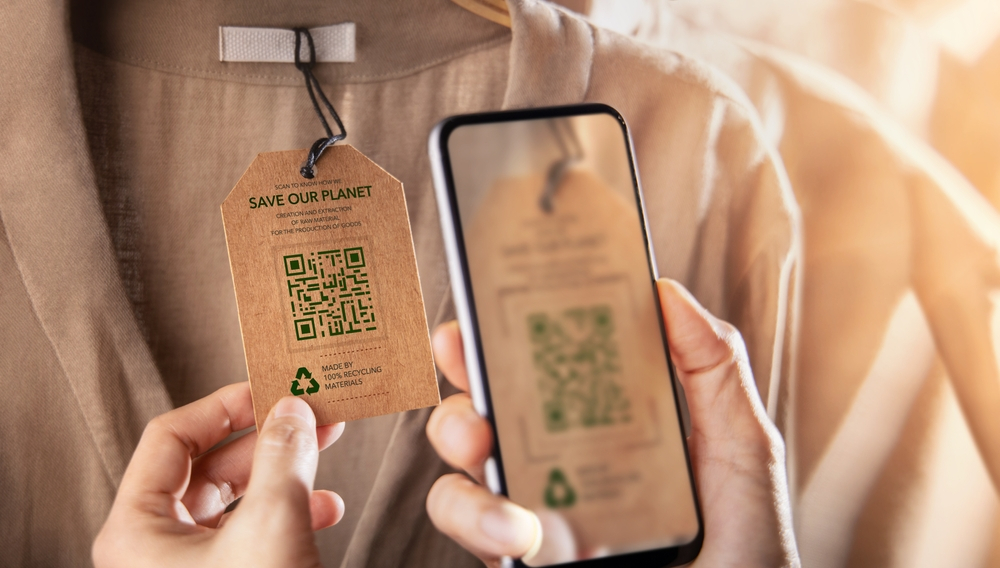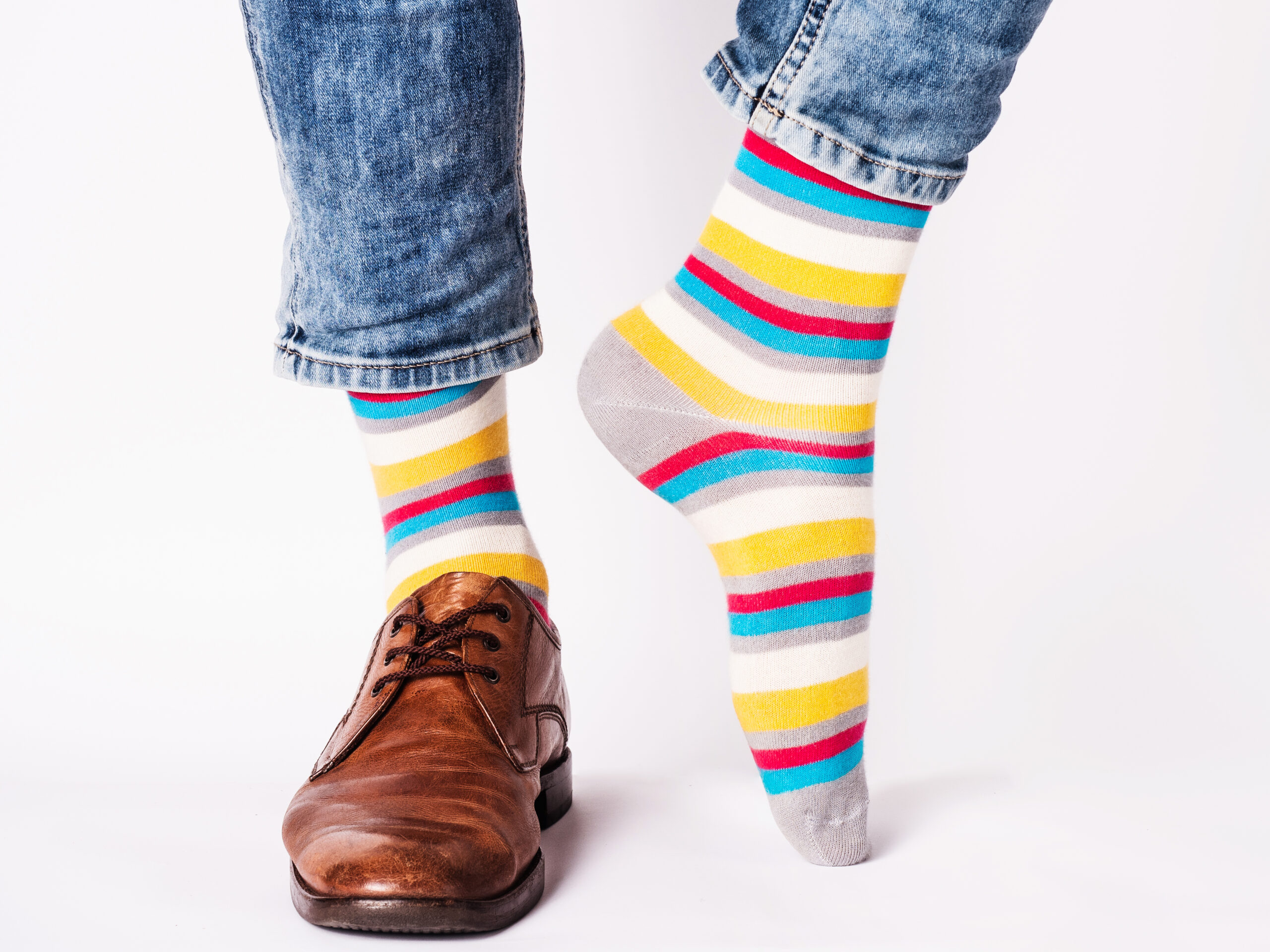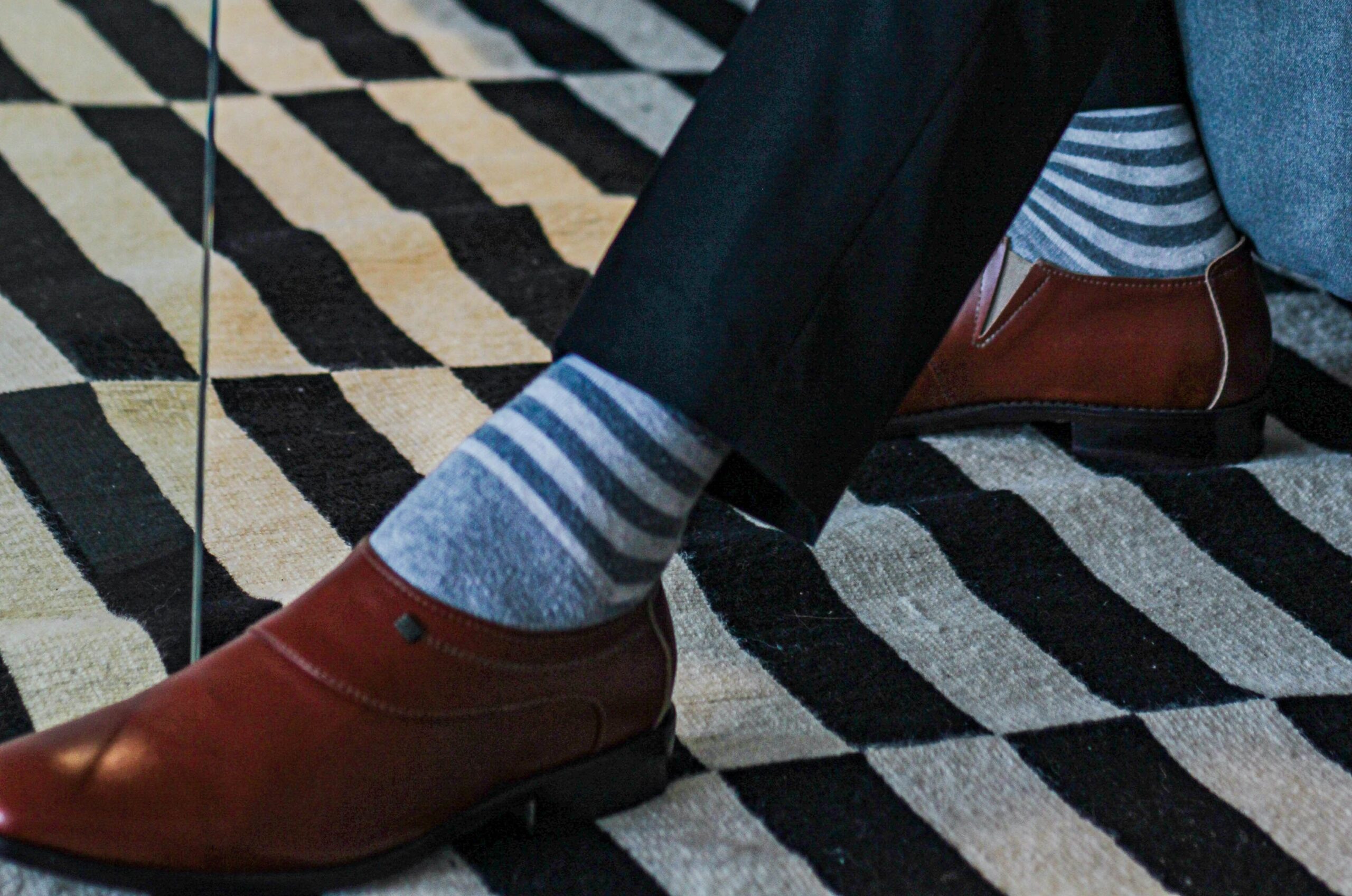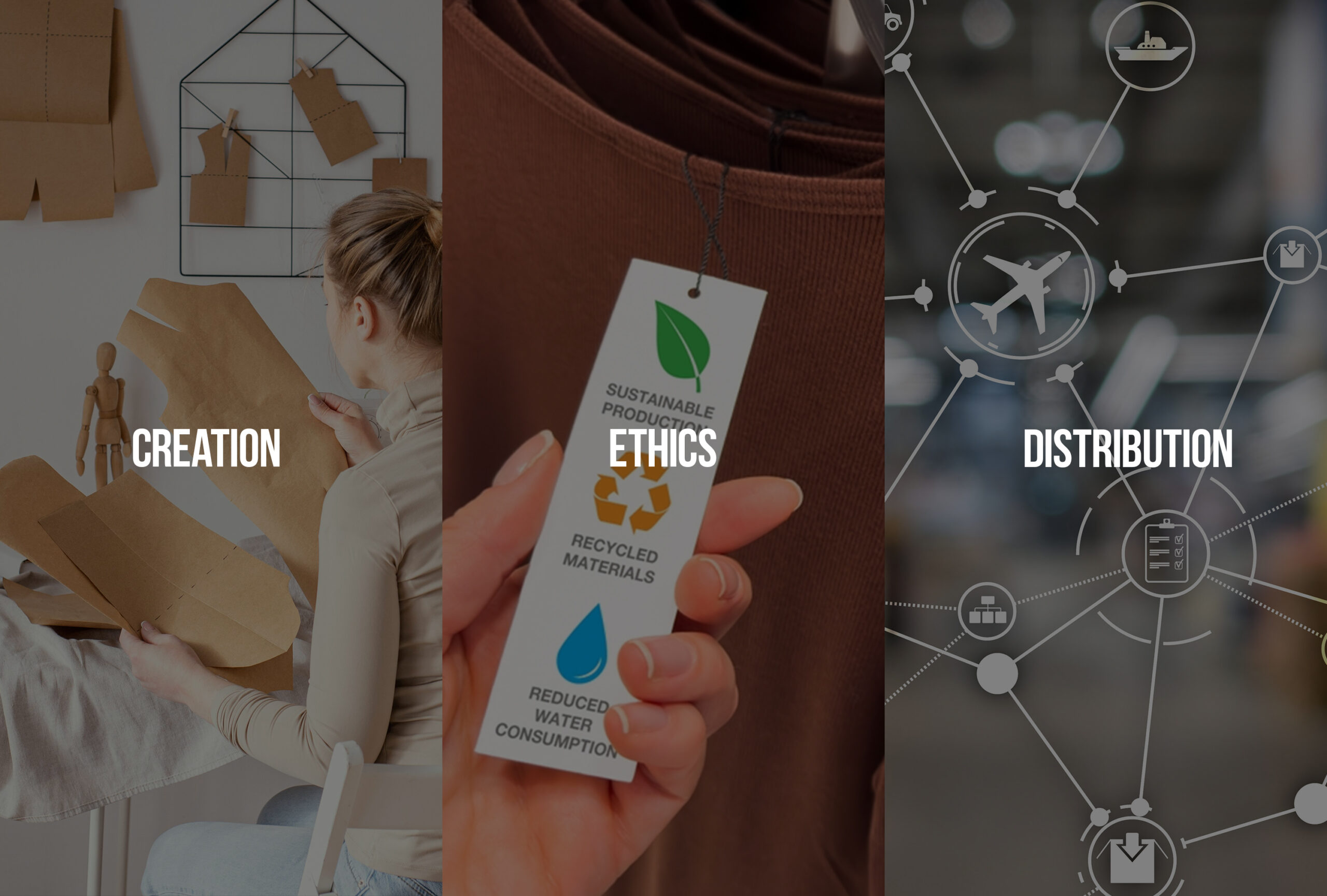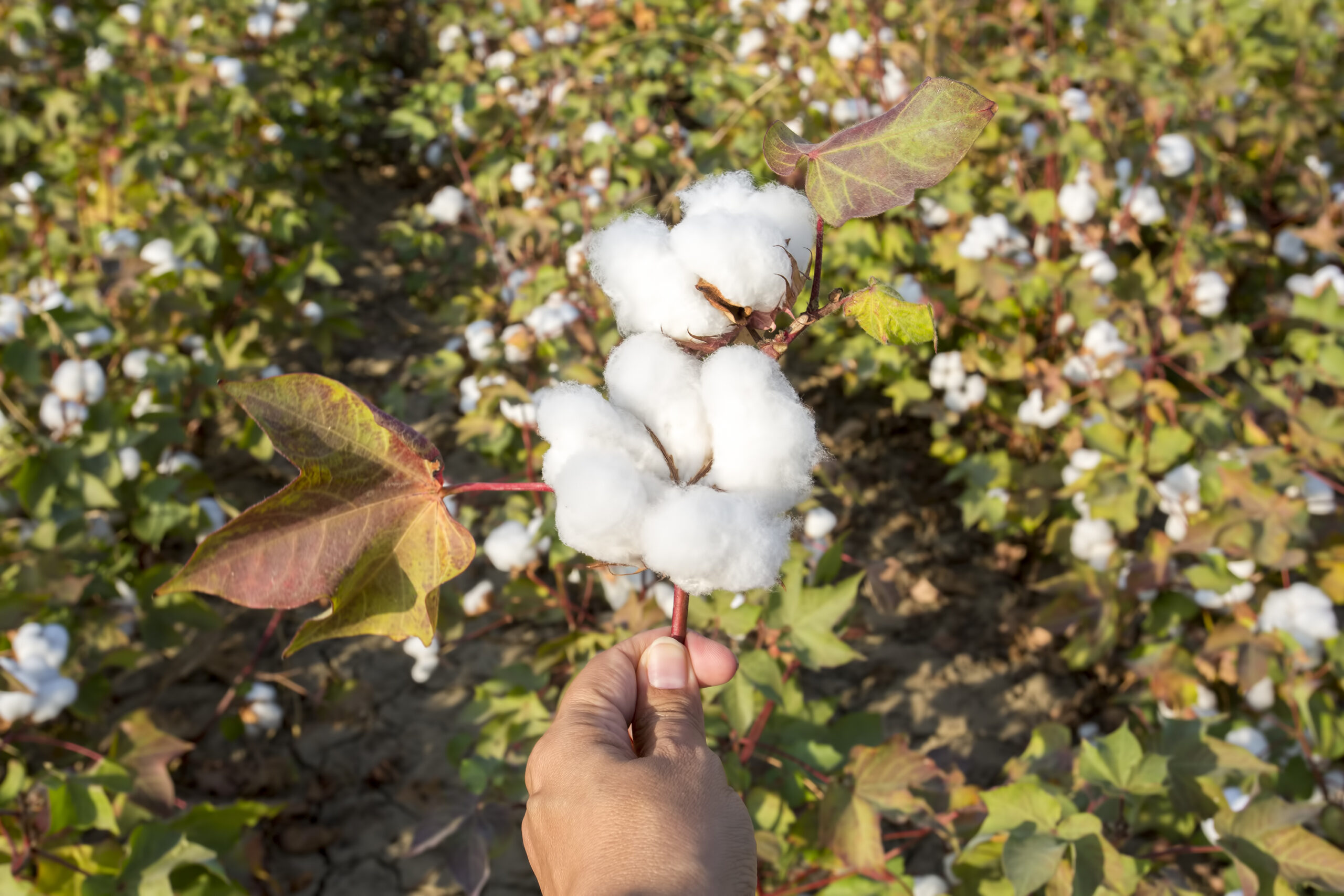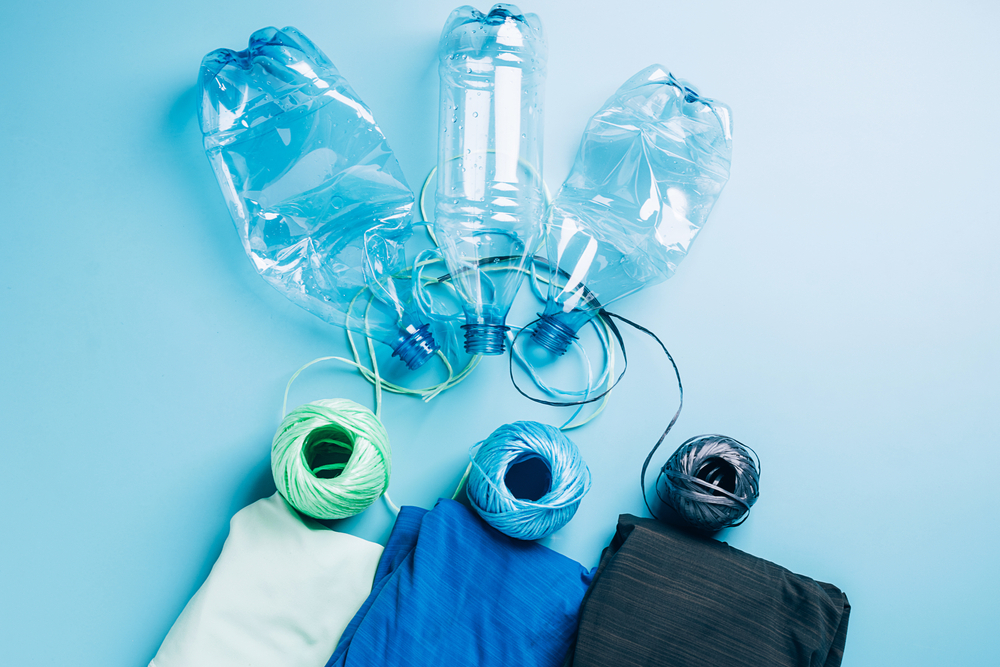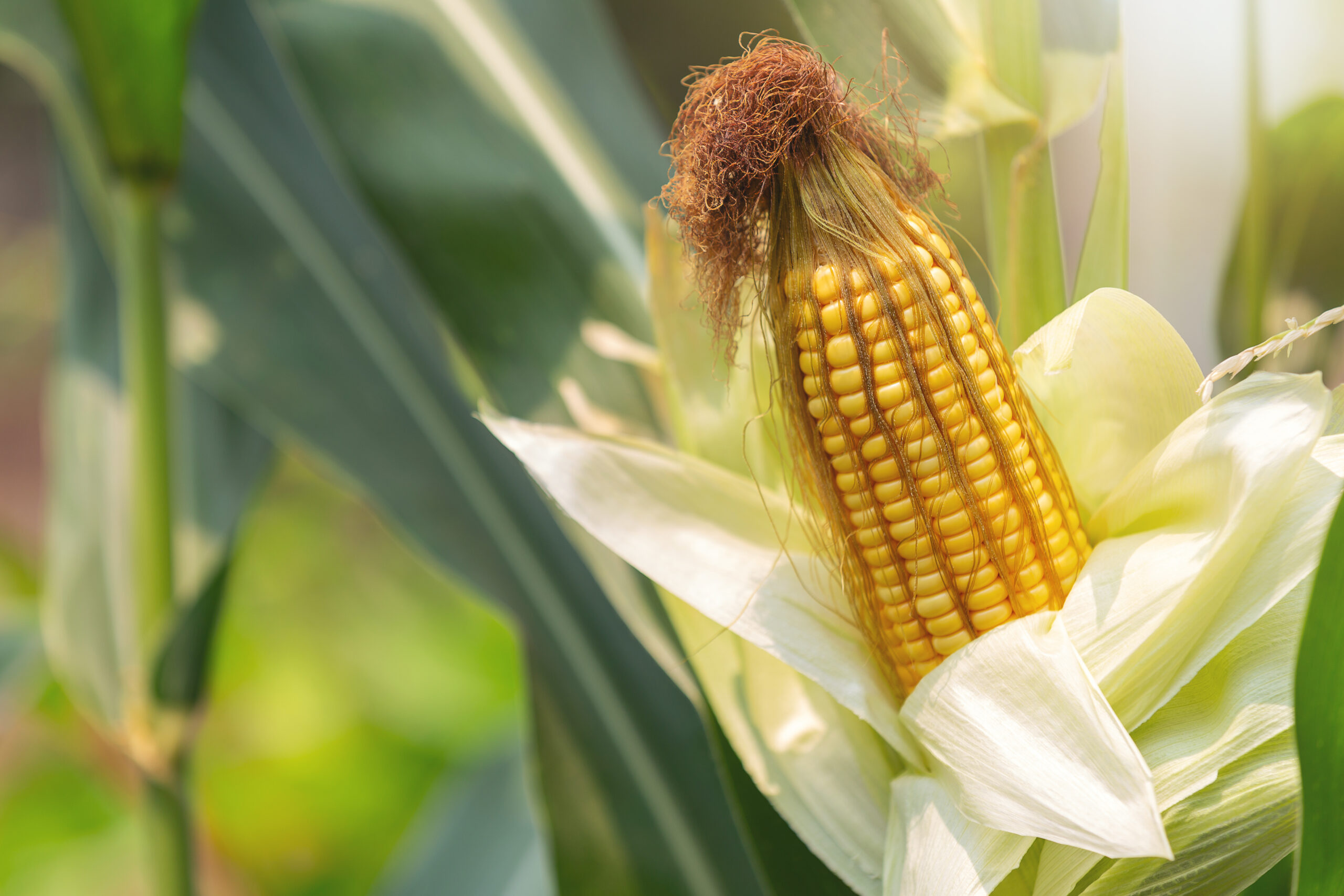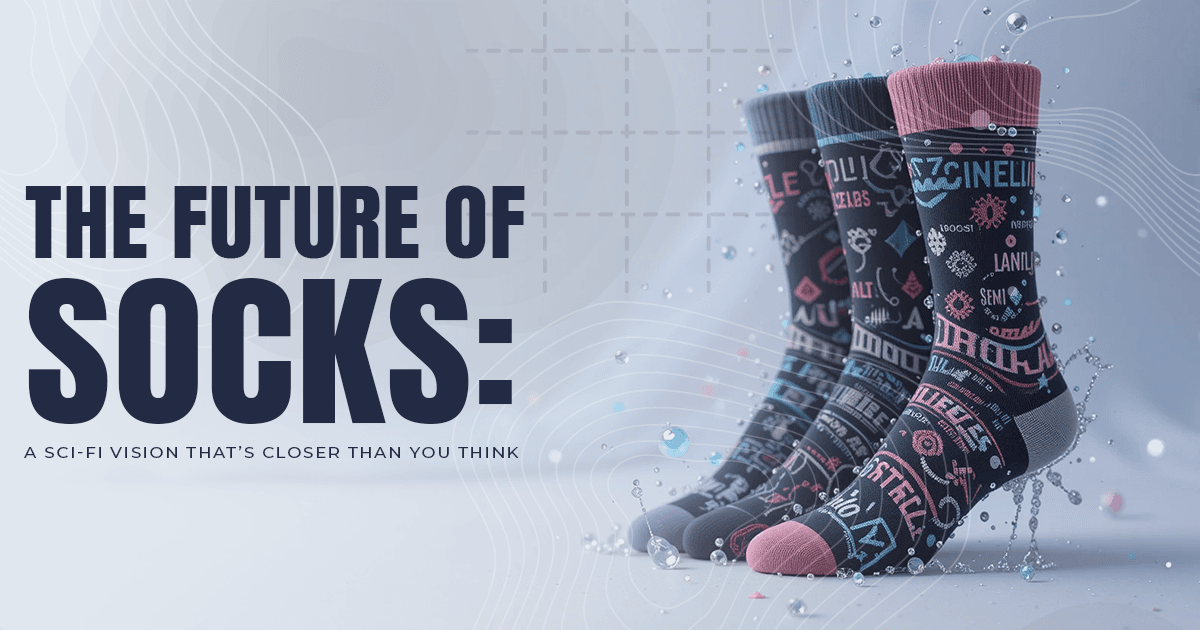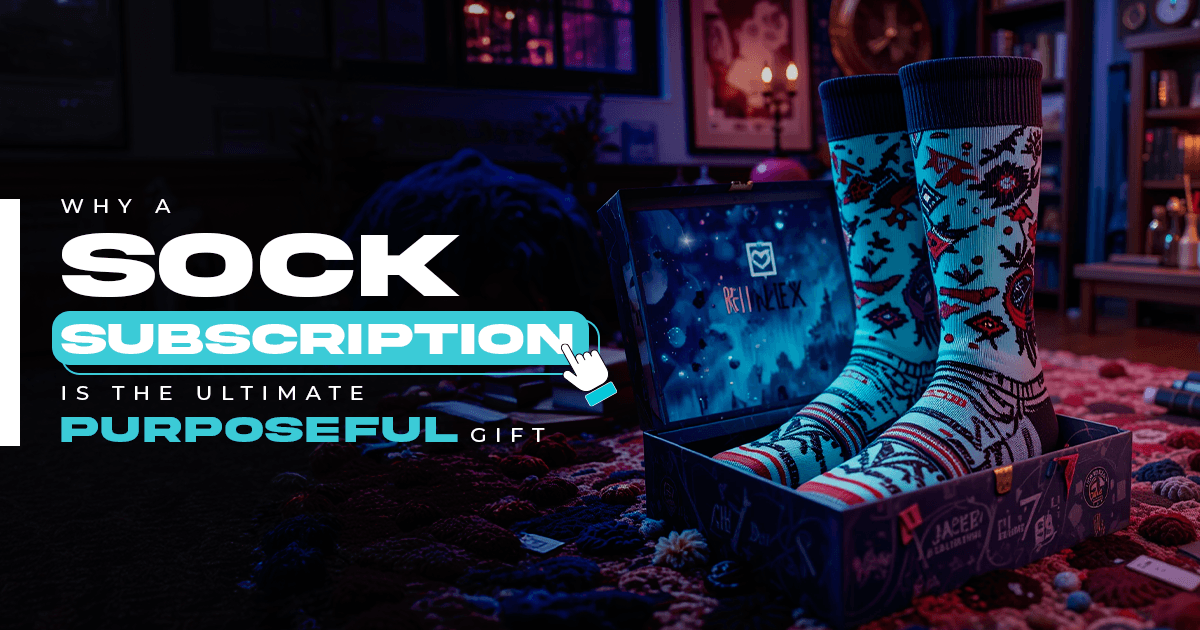Introduction
1. The Role of Packaging in Sustainability
1.1. First Impressions and Consumer Expectations
1.2. The Lifecycle of Packaging
1.3. Reducing Shipping Impact
2. Challenges in Sustainable Packaging
2.1. Maintaining Aesthetics Despite Restrictions
2.2. Material Selection
2.3. Cost Implications
3. Technological Innovations in Sustainable Packaging
3.1. Smart Packaging
3.2. Innovative Materials
3.3. Minimalist Design Tools
3.4. Digital Unboxing Experience
4. Success Stories: Technology and Sustainable Packaging
4.1. Adidas’ Sustainable Shoebox
4.2. Stella McCartney’s Mushroom Packaging
4.3. Nike’s AR Unboxing Experience
Conclusion
Introduction
Global warming, plastic pollution, inhumane working conditions; these aren’t mere buzzwords anymore. This is a reality that we’re all witness to in today’s world. And therefore, more and more people are drawn towards sustainable choices in every realm of their life. The fashion industry is a major contributor to these issues and customers today are taking note of manufacturing processes, material sourcing, ethical working conditions and so on. One such important and often sidelined aspect of sustainability is packaging. One might not give enough thought to packaging of clothes however it has a significant impact on the environment. Thankfully, many brands and leading names in the fashion industry are relying on technology to transform this facet of the fashion industry. In this article, we will deep dive into the importance of sustainable packaging and explore how technological advancements can solve major challenges for the sector.
1. The Role of Packaging in Sustainability
Packaging could be considered an afterthought for many while discussing the fashion industry’s environmental impact, but its effects are far reaching. Tell us, how many times have you ordered a parcel and thought to yourself, “why did they pack it in this much plastic? This is so much plastic waste”. You are not wrong! The packaging industry accounts for around 40% of all plastic usage globally. An estimated 146 million tons of packaging waste is generated annually across the world.
1.1. First Impressions and Consumer Expectations
Packaging sets the tone for a brand’s values and ethos. In the context of sustainable fashion, it’s not just about protecting the product; it’s about conveying a commitment to environmental responsibility. In today’s social media and socially aware day and age, consumers are expecting brands to uphold sustainable practices throughout their entire journey. Many opt for brands that offer eco-friendly packages only because it aligns with their environmentally conscious ideals, thereby completely shifting their brand preferences.
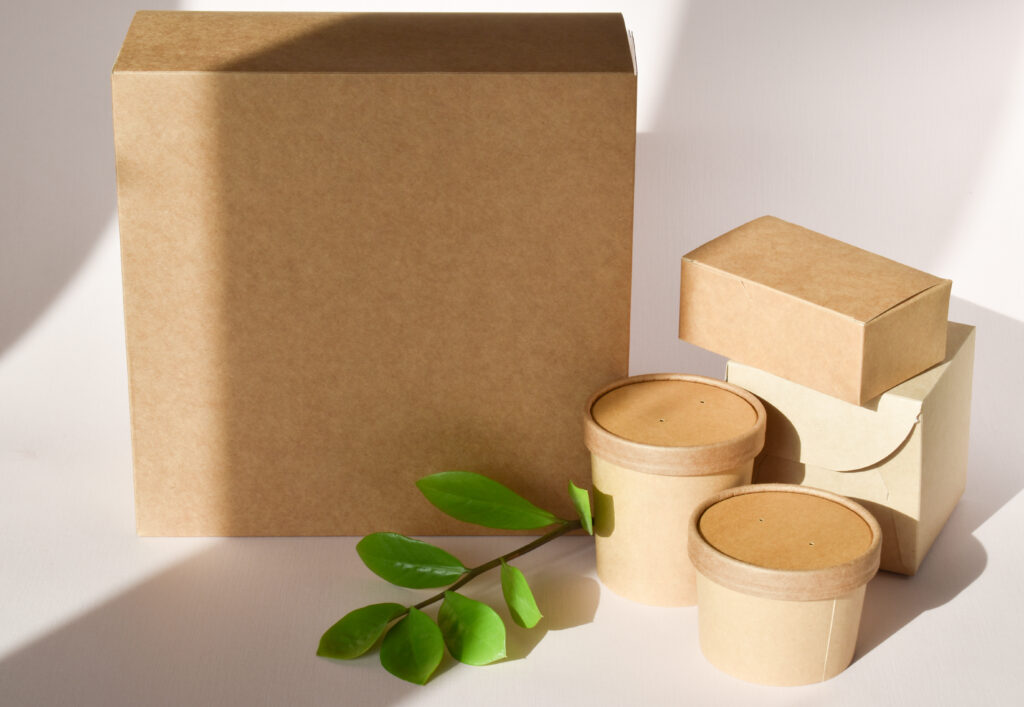
1.2. The Lifecycle of Packaging
Packaging doesn’t cease to exist once the garment is unwrapped. It becomes part of the waste stream, contributing to landfills and pollution. To make a real impact on the ecological footprint, packaging must be thoughtfully designed given the full lifecycle in mind, namely, recyclability, biodegradability, and reuse.
1.3. Reducing Shipping Impact
In an era of online shopping, the packaging’s role extends beyond aesthetics. Efficient packaging not only safeguards the product during transit but also reduces excess material that adds weight and volume to shipments. This, in turn, lowers shipping-related emissions.
2. Challenges in Sustainable Packaging
Unfortunately, we’re a long way from being fully sustainable as many brands face challenges when it comes to adopting eco-friendly packaging.
2.1. Maintaining Aesthetics Despite Restrictions
Many luxury and high-end brands associate elaborate and opulent packaging with perceived value. Shifting this mindset to prioritize sustainability without compromising aesthetics can be a delicate balance. However there is a shift in consumers’ perspectives. According to a study by WestRock, 45% of consumers consider packaging a key factor in their decision to repurchase a product. Nearly 40% of consumers are willing to pay more for products that use sustainable packaging. A survey found that 68% of consumers take into account a brand’s packaging materials when making the decision to buy. And brands with eco-friendly packaging tend to stand out from the rest, attracting environmentally conscious consumers.

2.2. Material Selection
Sourcing eco-friendly materials that maintain the required quality and sustainability is often a challenge for many fashion houses and brands. It is very hard to strike delicate brands between aesthetics, functionality, and sustainability. Here where innovative solutions come into play.
2.3. Cost Implications
Often ethical sourcing of sustainable packaging materials becomes a costly affair, which acts as a deterrent for brands.
3. Technological Innovations in Sustainable Packaging
The juxtaposition between technology and sustainability is the sweet spot that can help resolve these challenges and drive positive change.
3.1. Smart Packaging
Innovative technology like QR codes and NFC tags can offer customers a world of information about the clothing items’ origin, materials, and more. These techs are integrated into packaging driving transparency and reinforcing brand values.
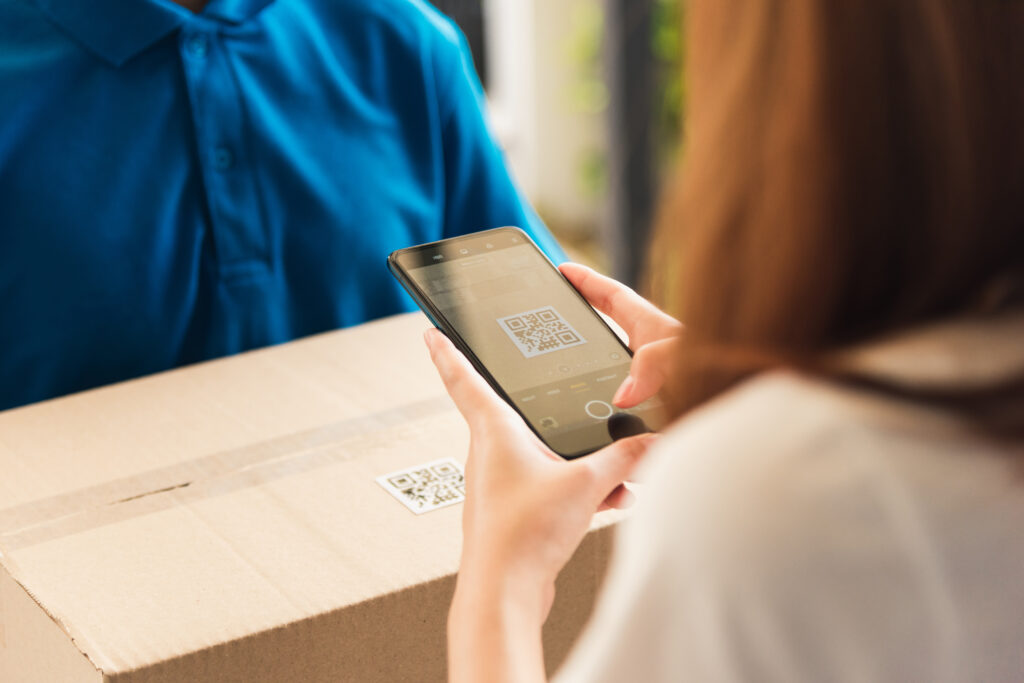
3.2. Innovative Materials
Today we’re seeing many technological advancements like cutting-edge mushroom-based packaging, bioplastics, and plant-based textiles. These eco-friendly materials are slowly starting to become popular among brands.

3.3. Minimalist Design Tools
Another key aspect when it comes to packaging is minimizing excess materials and waste while keeping intact the design aesthetics. Computer-aided design (CAD) and simulation tools can offer help by creating efficient and sustainable packaging solutions.
3.4. Digital Unboxing Experience
We’ve all heard of VR and AR, one might think these are old technologies however, brands can use them to create unboxing experiences that give customers a real “feel” of the product while reducing physical packaging.

4. Success Stories: Technology and Sustainable Packaging
Nothing like a few examples of great success to get the ball rolling in the right direction, yes? Let’s look at these success stories by leading brands.
4.1. Adidas’ Sustainable Shoebox
Adidas introduced a 100% recyclable shoebox that minimized waste, reduced material usage and dependency, and showcased the brand’s commitment to sustainability.
4.2. Stella McCartney’s Mushroom Packaging
Stella McCartney did it first when it came to mushroom-based packaging by partnering with Bolt Threads that offered biodegradable alternatives to the regular packaging.
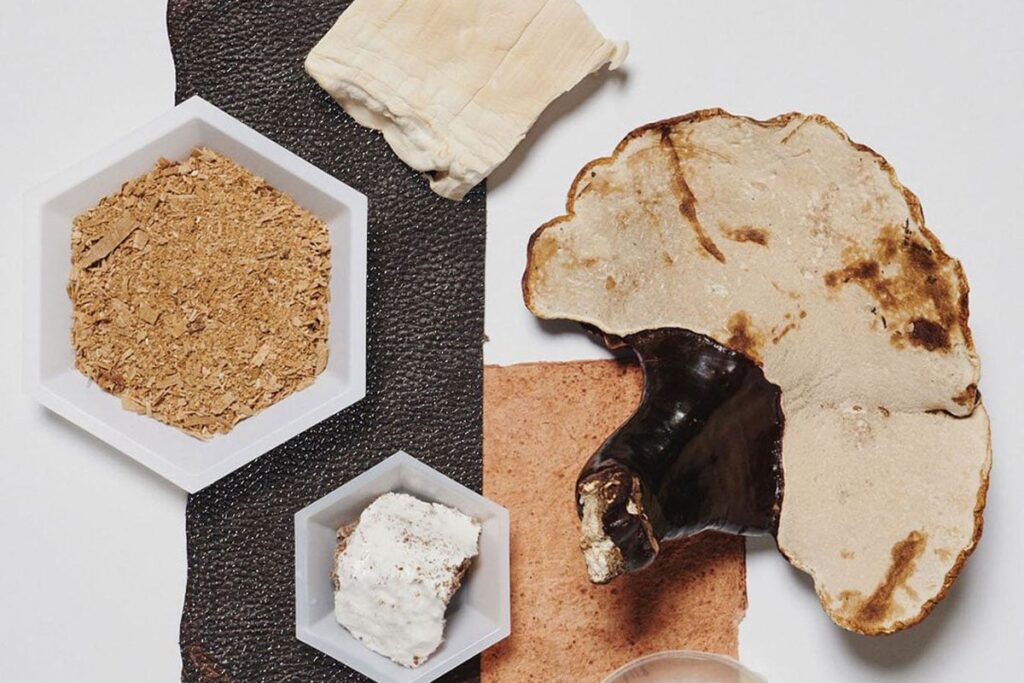
4.3. Nike’s AR Unboxing Experience
Nobody does customer delight like Nike! Their recent augmented reality app gave customers a fully immersive virtual unboxing experience which not only got them a lot of attention but led the way for minimizing excessive packaging material.
Conclusion
In the pursuit of a sustainable fashion world, packaging emerges as a vital piece of the puzzle. The way garments are presented to consumers shapes perceptions and influences behavior. As consumers’ preferences change, brands that adopt eco-friendly packaging are forging the way ahead for green practices in the evolving landscape of sustainable fashion. With the advent of technology, we’re in the age of creative problem-solving and the fashion industry can transform packaging from a business challenge to a business opportunity. According to the recent shift towards sustainable values, it is expected that by 2025 the smart packaging market is projected to be valued at over $52 billion. By fully welcoming smart packaging, innovative materials and designs, and leveraging digital experiences, the fashion industry can pivot from the status quo to a sustainable future that blends style seamlessly, making way for a greener future.

